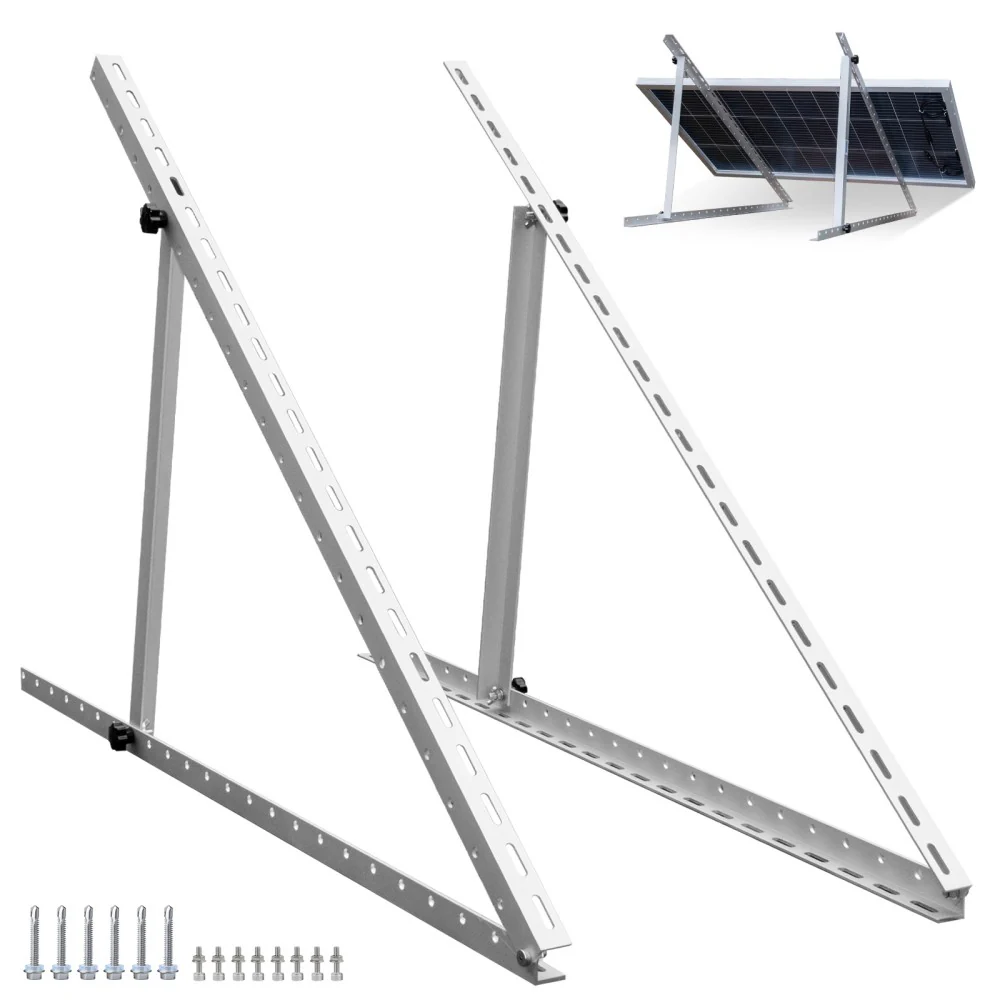As our reliance on Lithium Iron Phosphate (LiFePO4) batteries continues to grow, it's crucial to understand the signs that indicate when it's time to replace these power sources. Whether you're using a LiFePO4 battery in your energy storage system, electric vehicle, or industrial equipment, being able to recognize the telltale signs of battery degradation can help you avoid unexpected failures and maintain optimal performance. In this guide, we'll explore the various indicators that signal the need for a LiFePO4 battery replacement, empowering you to proactively manage your battery's health and ensure your systems continue to serve you reliably.

Lithium Battery Lifecycles: Everything You Need to Know
At the core of a LiFePO4 battery's lifespan is the concept of a "battery cycle." This refers to a complete charge-discharge sequence, where the battery is fully charged and then fully depleted. Each time this cycle is completed, the battery slowly degrades, gradually losing its ability to hold a charge.
Typical Lifespan of Lithium Batteries
On average, high-quality LiFePO4 batteries can withstand between 2,000 to 5,000 full charge-discharge cycles before their capacity drops to approximately 80% of the original. However, this number can vary significantly depending on several factors.
Factors Influencing Lithium Battery Longevity
The actual lifespan of a LiFePO4 battery is influenced by a variety of elements, including:
- Temperature: Extreme heat or cold can accelerate battery degradation. Keeping batteries within the recommended temperature range is crucial.
- Usage Patterns: Frequent full discharges wear down batteries faster than partial discharges. Shallow cycling (not fully depleting the battery) can extend its life.
- Charging Habits: Overcharging or leaving a battery at 100% for long periods can contribute to premature aging. Optimal charging, like stopping at 80-90%, is better.
- Storage Conditions: Proper storage, such as keeping the battery at 40-50% charge and in a cool, dry place, can significantly prolong its life when not in use.
Regular partial discharges, moderate usage temperatures, and following manufacturer-recommended charging protocols can help maximize the useful lifespan of a LiFePO4 battery.

Three Performance-Based Signs of Lithium Battery Degradation
1. Reduced Charge Capacity
As lithium batteries age, their ability to store and deliver a full charge will gradually diminish. Users may notice their devices require more frequent charging or fail to reach 100% battery level. Symptoms include shorter runtimes between charges and the need to recharge more often.
To track capacity loss, users can compare the battery's current performance to its original specifications or earlier benchmarks. Device settings, battery management apps, or simple timing can help measure changes in maximum charge capacity over time.
2. Longer Charging Times
Lithium battery degradation also causes the charging process to become less efficient, resulting in longer durations to reach a full charge. While typical charging times may vary, noticeable deviations from the original or average periods can signal battery deterioration.
Monitoring charging times through device indicators or specialized apps can provide insights into battery health. Consistent, significant increases in time-to-full-charge are signs that replacement may be necessary.
3. Diminished Runtime
In addition to reduced capacity and extended charging, a lithium battery's runtime, or the duration it can power a device before recharging, will also gradually decline as the battery ages. Users may notice their devices no longer last as long between charges as when new. Tracking usage patterns and comparing runtime to original specifications can identify problematic drops in battery life.
Three Physical Indicators of Lithium Battery Decline
1. Slight Swelling (Rare)
While LiFePO4 batteries are known for their stability, in extremely rare cases, minimal swelling might occur. This is far less common than in other lithium-ion chemistries and usually indicates a severe issue if present. Regular visual inspections can help identify this unlikely but serious problem.
2. Terminal Discoloration
LiFePO4 batteries are highly stable and resistant to leakage. However, over time, you might notice slight discoloration at the battery terminals. This is usually not due to internal leakage but could indicate oxidation or poor connection. Regular cleaning and inspection of terminals can help maintain optimal performance.
3. Mild Temperature Increase
LiFePO4 batteries are known for their thermal stability and safety. While they do warm up slightly during use and charging, any noticeable or concerning heat generation is unusual. If you detect abnormal warmth, especially during normal operation or charging, it could indicate a problem with the battery or charging system.
How to Extend the Lifespan of Lithium Batteries
1. Charge Batteries Properly
LiFePO4 batteries are tolerant of full charges. While keeping the charge between 20-100% is generally safe, some manufacturers might recommend staying within 10-90% for maximum longevity. Always follow the specific guidelines provided by your battery's manufacturer.
2. Manage Battery Temperatures
LiFePO4 batteries perform well in a wide temperature range, but they still benefit from moderate conditions. Avoid exposing them to extreme heat or cold for extended periods. Room temperature is ideal for both operation and storage.
3. Establish Balanced Usage Cycles
LiFePO4 batteries are resilient to deep discharges. However, balanced usage can still extend their lifespan. While occasional deep discharges won't significantly harm the battery, try to keep the depth of discharge above 20% when possible.
4. Check the System Regularly
Focus on regular system checks. Use battery monitoring systems to track performance over time. This can help you identify any gradual decreases in capacity or efficiency, which are typically more relevant indicators for LiFePO4 batteries.

Take Charge of Your Lithium Battery's Longevity
Recognizing performance and physical signs of lithium battery degradation, and utilizing software tools to monitor battery health, empowers users to extend their device's power source longevity. Implementing optimal charging habits, temperature management, balanced usage cycles, calibration, and software optimization can significantly prolong battery life. Stay vigilant, track your battery's condition, and make timely replacement decisions to keep your technology running reliably.















